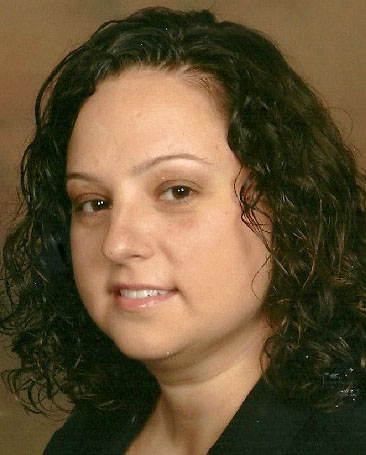By Maria Sampalis, OD
The doctor plays a key role in the recall system. You are the authoritative voice in the practice, so don’t miss the opportunity to “prescribe” a return visit annually, just as you would prescribe eyewear or contact lenses.
Educate in Exam Room on Need to Return. It starts at the time of the exam. Let your patients know that yearly eye exams are important to their age group–whatever their age group happens to be. If they are older patients, then you can mention the increased risk of eye disease with age, and if they are younger, you can explain that even young people develop eye diseases and conditions, and that their prescription may change slightly year to year, even if they don’t notice it. Small improvements to their prescription can make a big difference to quality of life, sharpening vision and allowing them to enjoy their world even more.
Use Automated Phone and Text. Technology makes it easy to remind the busiest of patients of their upcoming exam. Many patients don’t want to bother talking to a receptionist about their next appointment, so one solution is a system that calls with an automated message and/or sends a text message. Some systems are so easy, all the patient has to do is press “c” to confirm an appointment! Systems that might work for you: SolutionReach,Demandforce and Lighthouse 360.
Next, Try E-mail & Snail Mail. Not everyone is technologically up to date. Some of your patients, believe it or not, may not text message! And maybe don’t understand automated messages. For those who move at a slightly slower pace, an e-mail, along with an old fashioned letter sent via snail, or postal, mail, is a good option. If you find a patient(s) hasn’t responded to the automated text and voice messages, send a letter, personalized slightly, if possible. It’s best to have a general template to use for these reminder letters, but in addition to personalizing the greeting to include the patient’s name, you also should add a line or two about the specific reason for their visit. Add a line about their annual exam to renew their contact lens prescription, their family history of glaucoma, which necessitates a yearly check up, or their ongoing dry eye.
Send Non-Responders Promotions. If you have a group of patients who you have no luck, via any medium, making contact, make a list of those individuals and send digitally and by postal mail news of promotions. It’s worth considering special promotions designed especially for those you’re trying to lure back. At the very least, don’t neglect to include non-responders to e-newsletter or e-blasts sent by your practice. You never known when a great deal for half off plano sunwear with an annual supply of contact lenses, or half off their second pair of eyewear, will finally propel one of these laggards to schedule an appointment.
E-Newsletters and E-Blasts. Along with patient-specific recall messages, e-newsletters and e-blasts can also convey a recall call to action. Communicating with your patients regularly–once a month at least–keeps you in the patient’s mind. Each edition of the e-newsletter and each e-blast also gives you the opportunity to add an item about the importance of scheduling that next appointment. Each month you can include a different blog, or “letter from the editor,” from the doctor on a different eye disease or visual need, noting the solutions your practice offers and a “click here to schedule an appointment” button.
How do you recall patients? What have you learned over the years about the keys to effective recall?
Maria Sampalis, OD, is the owner of Sampalis Eye Care in Warwick, RI, and North Dartmouth, Mass, and an adjunct professor at MCPHS University School of Optometry. To contact her: msampalis@hotmail.com



























